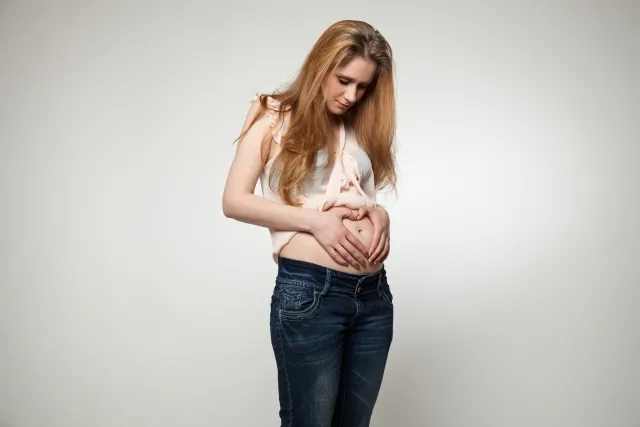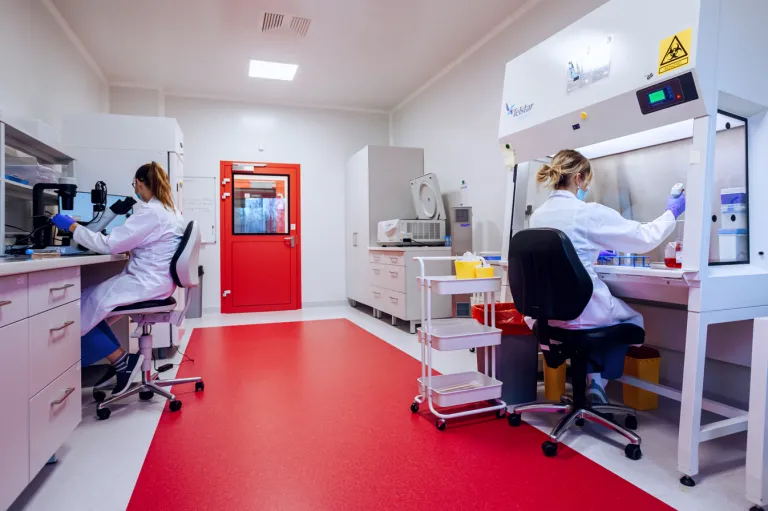Endometrial polyps are a relatively common diagnosis made during a routine ultrasound performed by a gynecologist. Sometimes their presence remains asymptomatic. However, it is most often associated with abnormal bleeding from the reproductive tract. What is a uterine cavity polyp and does it affect pregnancy?
Uterine polyp-what does it mean?
Polyps are limited lesions of the mucosa. In the case of uterine polyps, there is a local protrusion of the endometrium inside the uterine cavity. Most often, uterine polyps reach a size of up to 3 cm. The incidence increases with age. In most women, the symptom of uterine cavity polyps is abnormal bleeding both before and after menopause. The good news, is that most endometrial polyps are benign and do not involve a cancerous process. Nevertheless, when a polyp is removed, it should always be examined histopathologically to rule out the possible presence of cancer cells.
Uterine polyp and pregnancy
Many women planning a pregnancy wonder whether a uterine polyp affects the chances of having a child. Much depends on the size of the polyp. Ideally, if diagnosed before pregnancy, it is best to consider with the attending physician the possible removal of the lesion during a hysteroscopy. A beta hcg test should always be performed before surgery so that the endometrium, thickened in early pregnancy, is not mistaken for a polyp. After the procedure, it is usually necessary to wait about three cycles before trying for a baby. If a woman with an endometrial polyp becomes pregnant, it should not affect her pregnancy.
Uterine polyps – treatment
Treatment for uterine polyps depends on the specific case and the age of the patient. Hormonal treatment can be attempted, but for most women, especially those who are symptomatic, the treatment of choice is surgery. It can be carried out under visual control-through a hysteroscopy or during a procedure to cure the uterine cavity. Always the collected material is submitted for histopathological examination. The procedures take place under general anesthesia in which the medicine is administered intravenously (the patient is asleep during the procedure).
Cervical polyp
A cervical polyp is different from an endometrial polyp. It is most often detected when cytology is performed. This is because it is visible to the naked eye as a protrusion from the neck canal. It can give symptoms such as spotting. The management of a cervical polyp involves coining it. Some perform the procedure under anesthesia, but it is short enough and, for many women, not very painful, that it can be performed without anesthesia for the patient. A cervical polyp, like an endometrial polyp, should always be examined histopathologically.
Rate this article:










